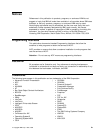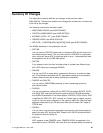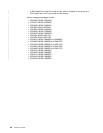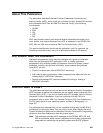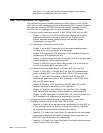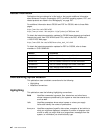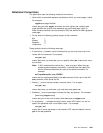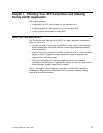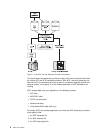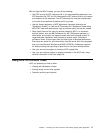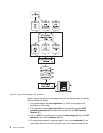Notational Conventions
This publication uses the following notational conventions:
Italics within a command represent variables for which you must supply a value.
For example:
cpgid=
code page identifier
means that you enter cpgid= as shown and then replace the variable
code
page identifier
with a value that represents any valid code page, which is
three-character decimal value (for example, 395) that defines an IBM-registered
code page.
Do not enter the following symbols as part of the command:
Bar |
Braces { }
Brackets [ ]
Underscore _
These symbols have the following meanings:
A vertical bar, |, between values indicates that you can only enter one of the
values with the command. For example:
cc={yes | no}
means that when you enter cc=, you can specify either yes or no as the value,
but not both.
Note: In AIX, sometimes the vertical bar, |, acts as a pipe. When the pipe
symbol appears between commands, it indicates that the output from
the first command becomes the input to the second command. For
example:
acif inputdd=myfile | enq -P3825A
means that the output generated by the acif command is the input to the AIX
enq command, which prints the file.
Braces, { }, around values indicate a required value. For example:
cc={yes | no}
means that when you enter cc=, you must also enter yes or no.
Brackets, [ ], around parameters indicate that they are optional. For example:
[cc=
value
][cctype=
value
]
means that you do not have to enter either cc=
value
or cctype=
value
.
An underscore, _, indicates the default value, which ACIF uses if you do not
specify the parameter with a non-default value. For example:
cc={yes | no}
means that if the cc parameter is not entered, ACIF uses the default value of
yes for the cc parameter.
About This Publication xvii



